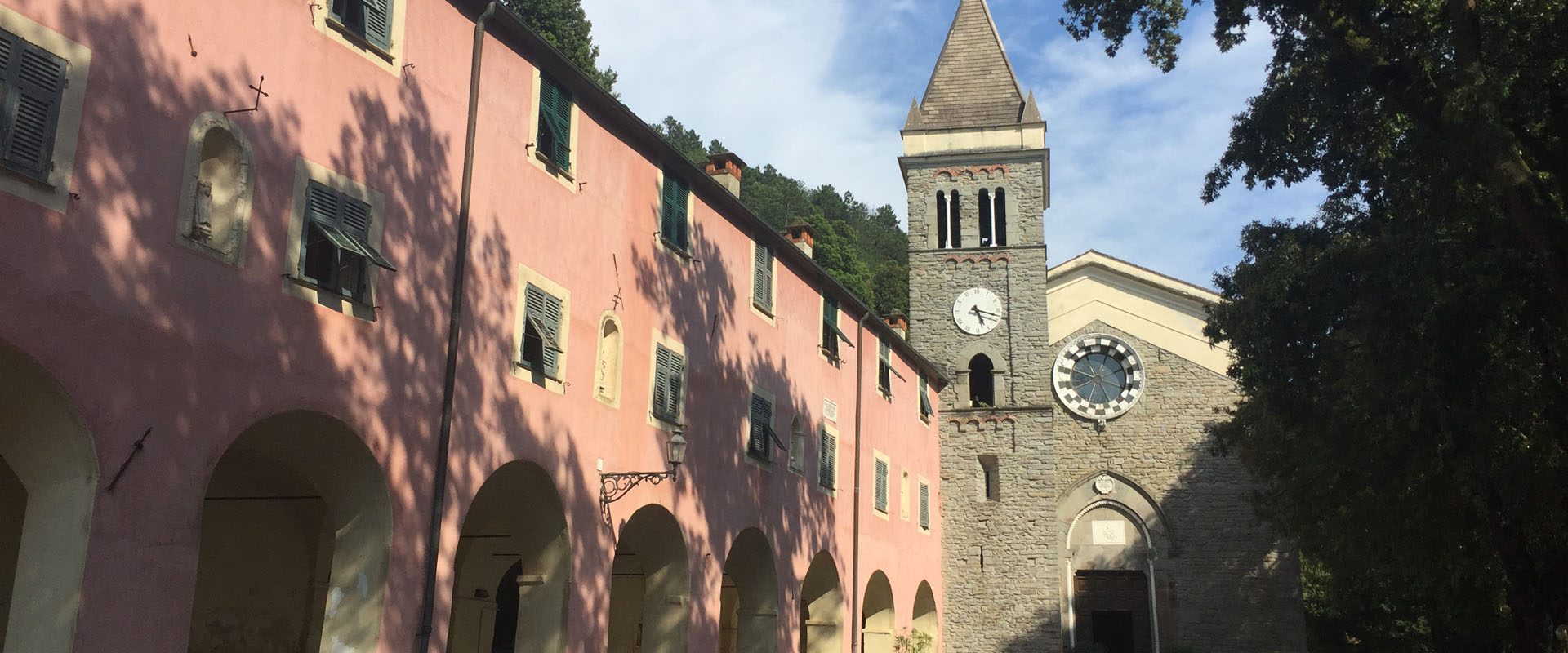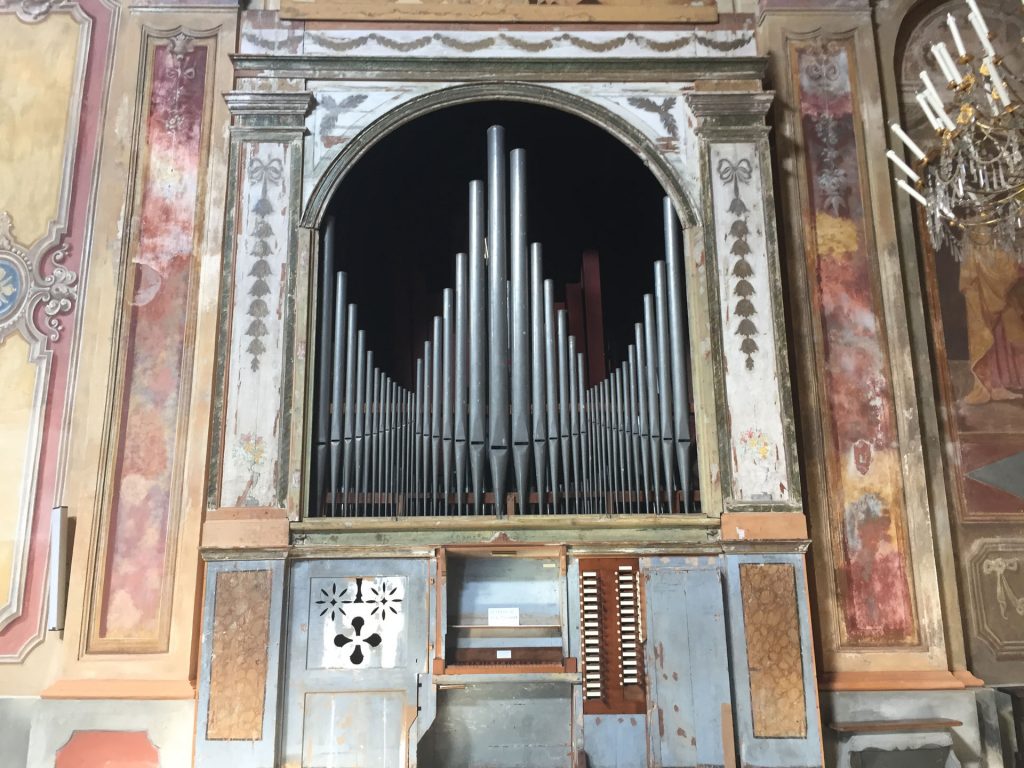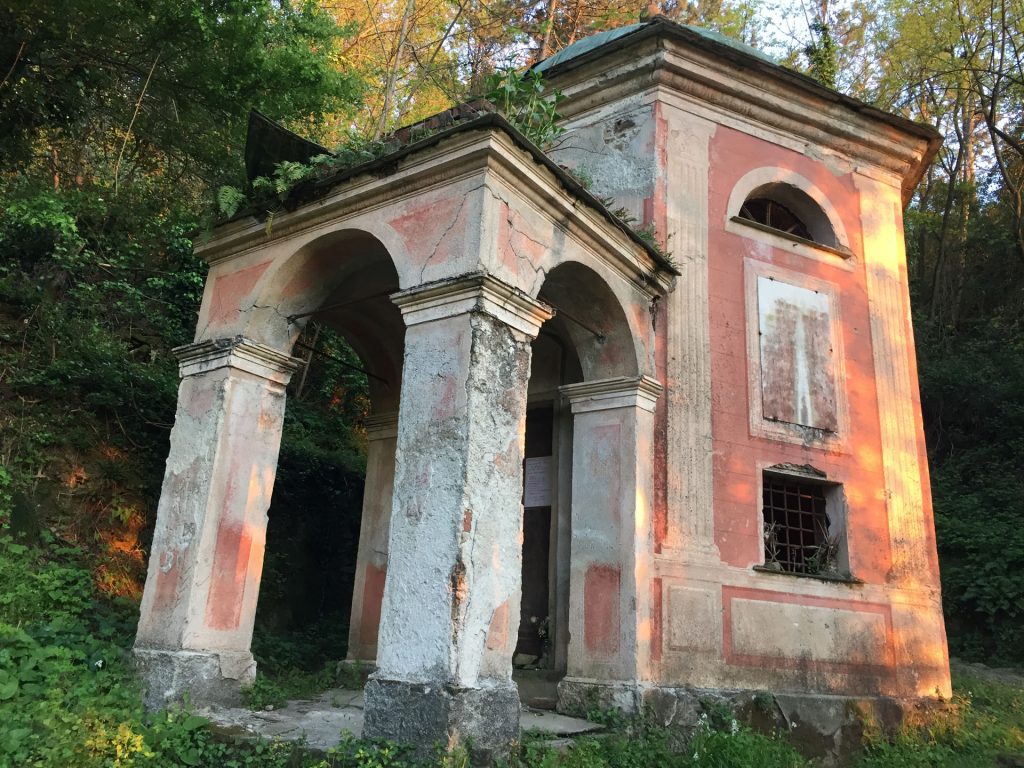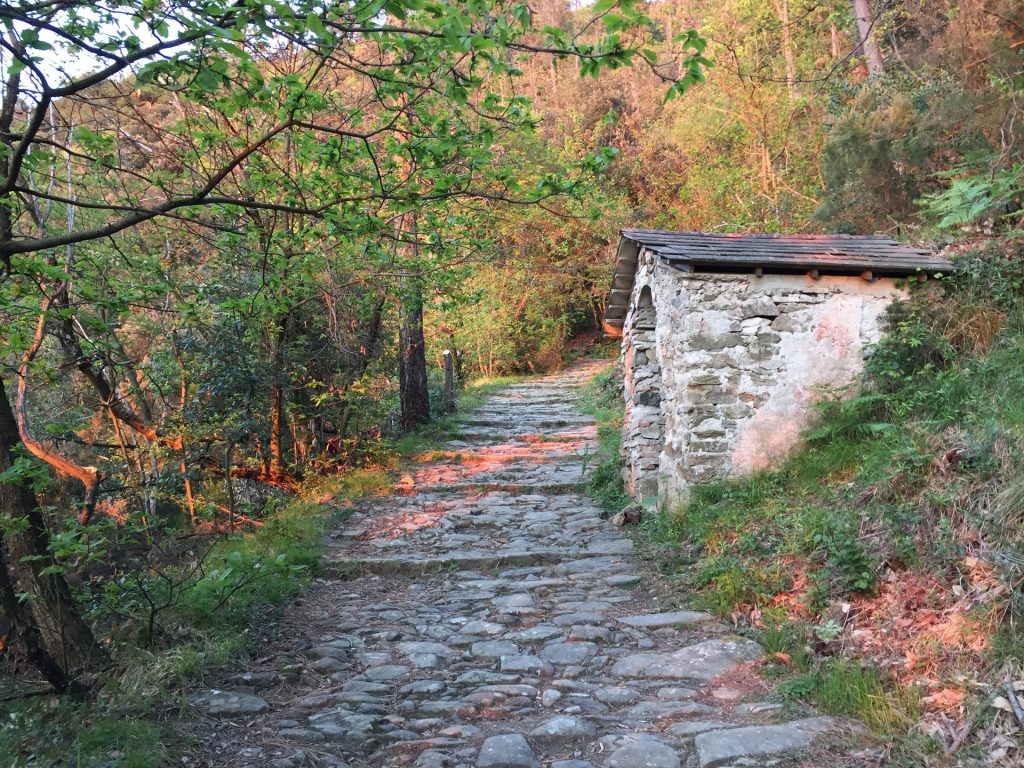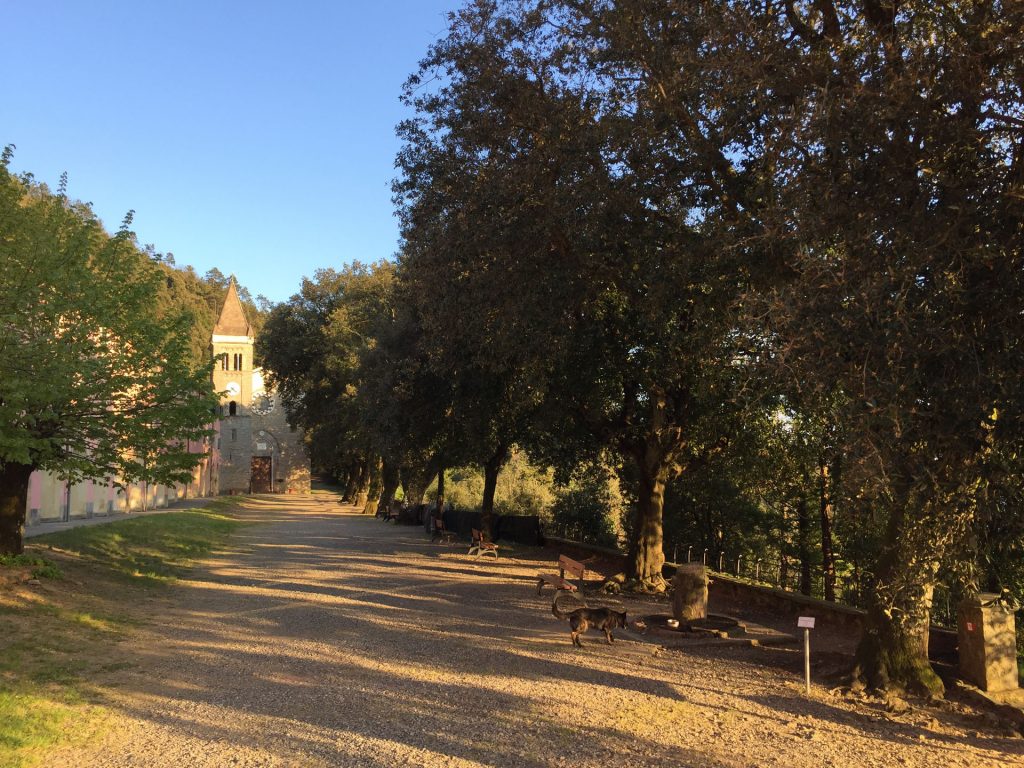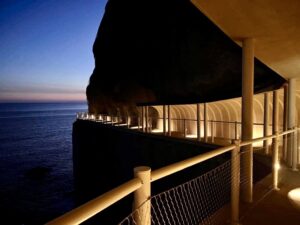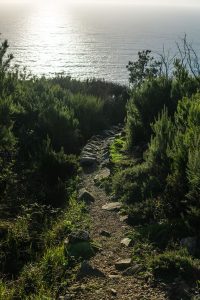The villages of the Cinque Terre are dominated by as many Marian shrines to which the inhabitants are linked by deep and authentic devotion. They are all accessible by car, along the coastal road and are connected to their respective villages by ancient mule tracks and from each other by the Via dei Santuari (i.e. Shrine’s Road), one of the most scenic hiking routes in the eastern Liguria.
We have already talked in detail about the Shrine of Our Lady of Montenero in Riomaggiore and that of Our Lady of Health in Volastra and it is time to introduce you to the other three hilly places of worship.
The Shrine of Our Lady of Soviore
The Shrine of Our Lady of Soviore, 464 meters above sea level, is the oldest Ligurian shrine, mentioned in a document from 1225, where a wooden statue representing the Pietà (Madonna holding the Christ dead body) is worshipped. The organ inside is a Giousuè Agati from 1822.
It is said that in 629, during the attack of the barbarian hordes of Rotari, the inhabitants fled heading towards the sea and in doing so buried an image of the Madonna in the locality of Fontanelle, just below Soviore. After more than a century, around 740, a hunting priest noticed a white dove disappearing inside a tunnel, he was intrigued and returned the next day with helpers who digging on the spot found the Pietà.
A votive chapel was built on the site of the discovery, while the church casket of the Virgin was erected fifty meters above. The cult took on such importance that in the fourteenth century the church was demolished and rebuilt, with the participation of all the citizens of Monterosso. The construction of the portico adjacent to the bell tower and the guesthouse for pilgrims on their way along the Via Romea, which connected Rome to Santiago de Compostela, also began. In the Middle Ages, the shrine was then used as a shelter during the Black Plague.
The Shrine of Soviore, shaded by centenary holm oaks recognized as monumental trees, is celebrated three times a year: on July 7, to celebrate the discovery, on August 15, for the feast of the Assumption of Mary and on Sunday after September 8.
The path that leads from Monterosso to Soviore starts at the top of Via Roma and is obviously all uphill. About an hour and a half walk for 2.75km.
The Shrine of Our Lady of Reggio
The Shrine of Our Lady of Reggio, at 317 meters above sea level, is dated 1248 and stands in the shade of secular cypresses, one of which is the oldest in all Liguria.
The settlement of Reggio dates back to Roman times, when it became an agglomeration around the year 1000 from an important commercial crossroads, before being abandoned to found Vernazza further downstream.
The church with three naves and Latin plan has a Romanesque facade and the painting of the Black Madonna with the Child Jesus that is venerated there is from the fourteenth century. Since 1853, the effigy has been brought to the village every 25 years and remains there for a week, before being transported back to Reggio with a solemn procession.
The inhabitants of the village walk to the shrine very frequently, but the official festivities of the Shrine of Reggio are the second Sunday of May, for the Christ Feast, and the first Sunday of August, Madonna si Reggio Feast. If you are in Cinque Terre on these dates, we absolutely recommend a visit to Reggio, for a decidedly authentic experience.
The Shrine of Our Lady of Grace
The Shrine of Our Lady of Grace in San Bernardino, at 390 meters above sea level, it is the most recent one, built in the early twentieth century to replace a chapel dating back to 1584.
The church has a single nave and a rectangular plan, with a Romanesque façade surmounted however by a Gothic mullioned window and flanked by a rather massive bell tower. The interior, which has undergone various modifications, preserves a canvas depicting the Madonna and Child, crowned in 1874 and originally assembled together with the two depictions of San Bernardo di Chiaravalle and San Bernardino da Siena. Currently, the icon of the Madonna is placed above the altar while the two saints have been placed in the two ovals on the side walls.
Legend has it that in 1700 the inhabitants of Corniglia went there to restore a painting of the Madonna, finding it suddenly and miraculously intact and with vivid colors.
From Corniglia to the shrine, whose feast day is celebrated on September 8, it takes about an hour and a half and the route starts just outside the village, taking the SVA path towards Vernazza up to the intersection with path 507.


